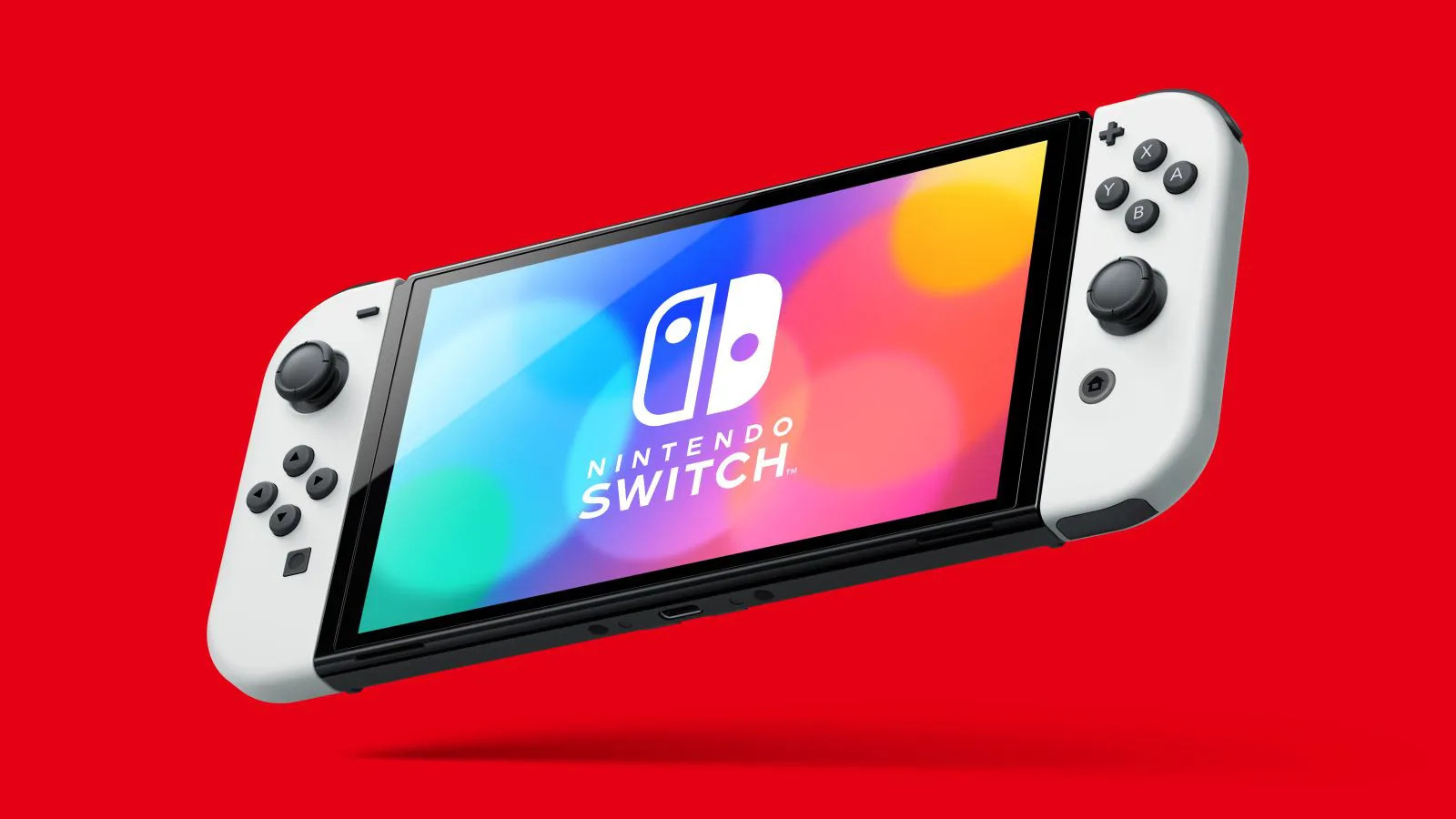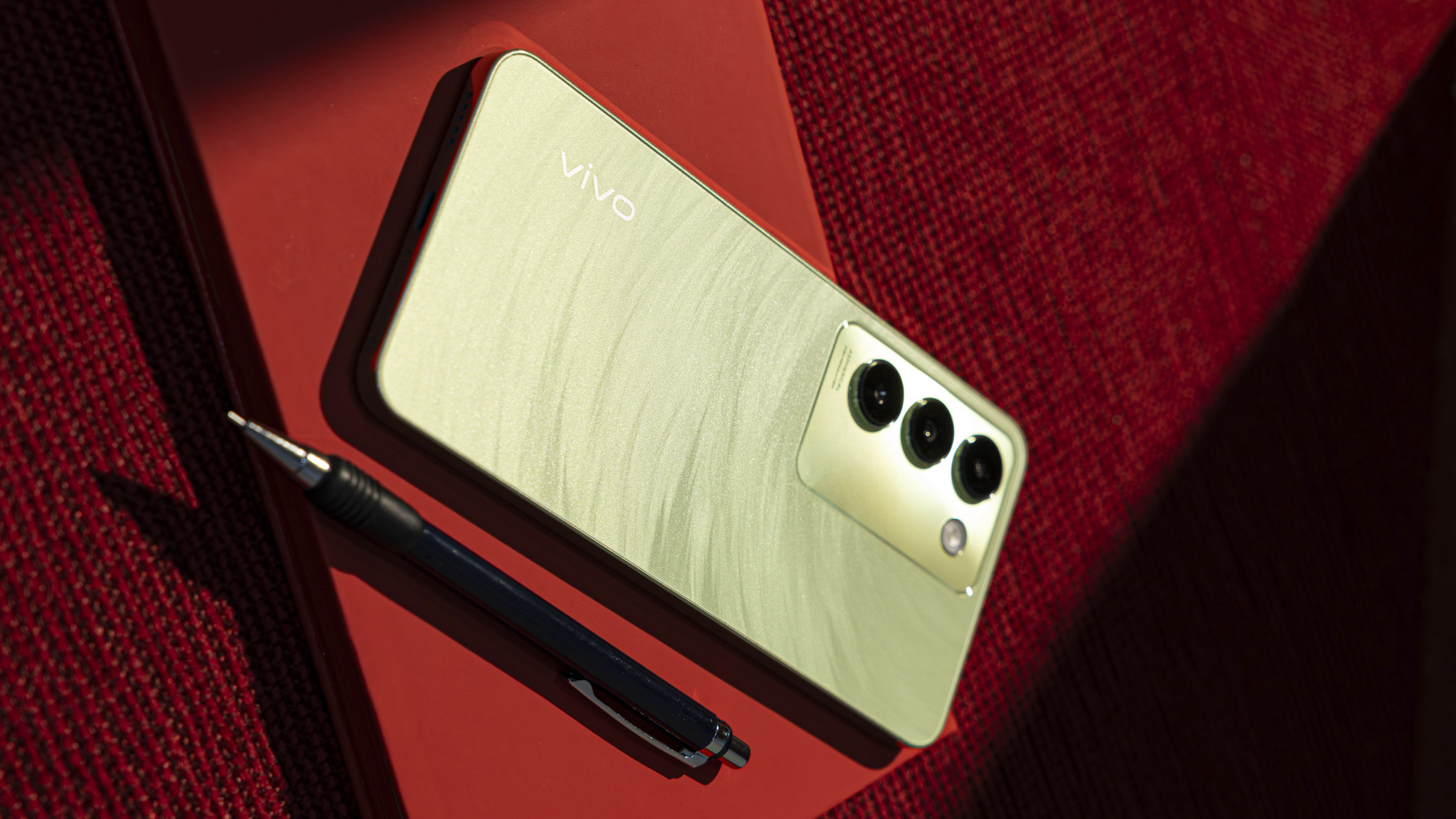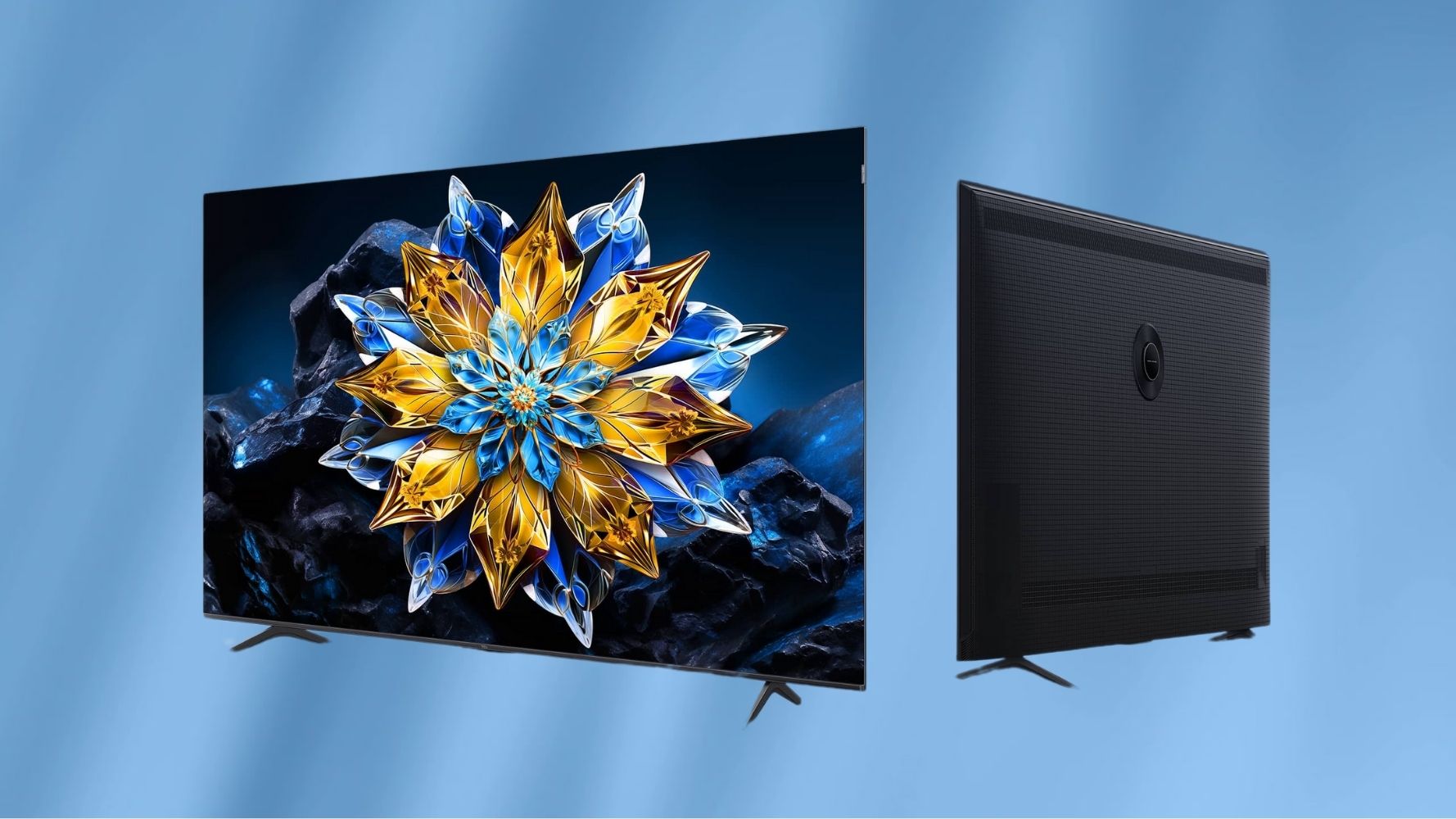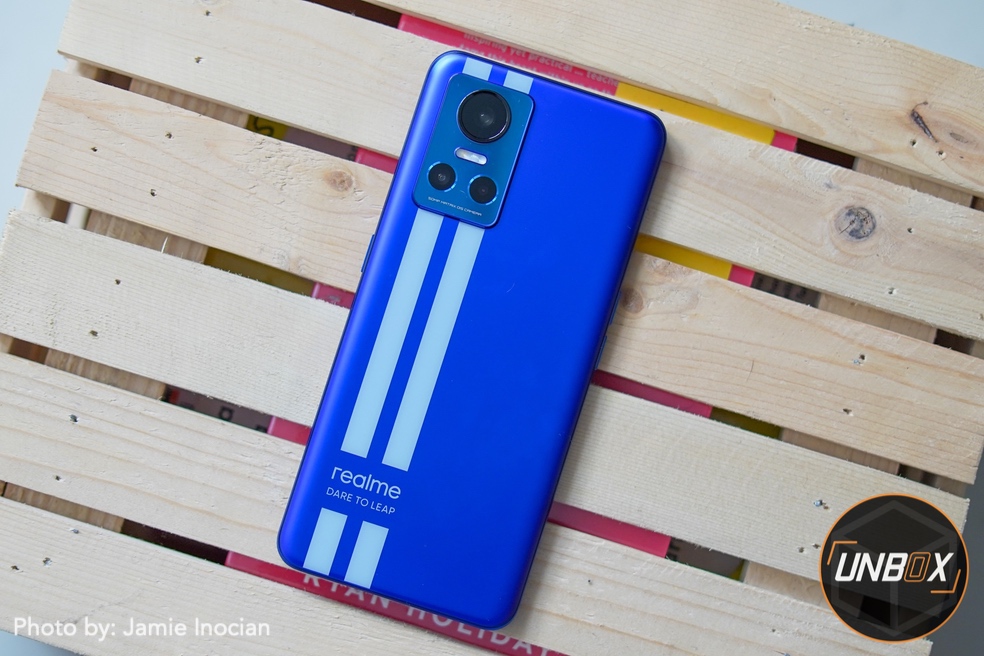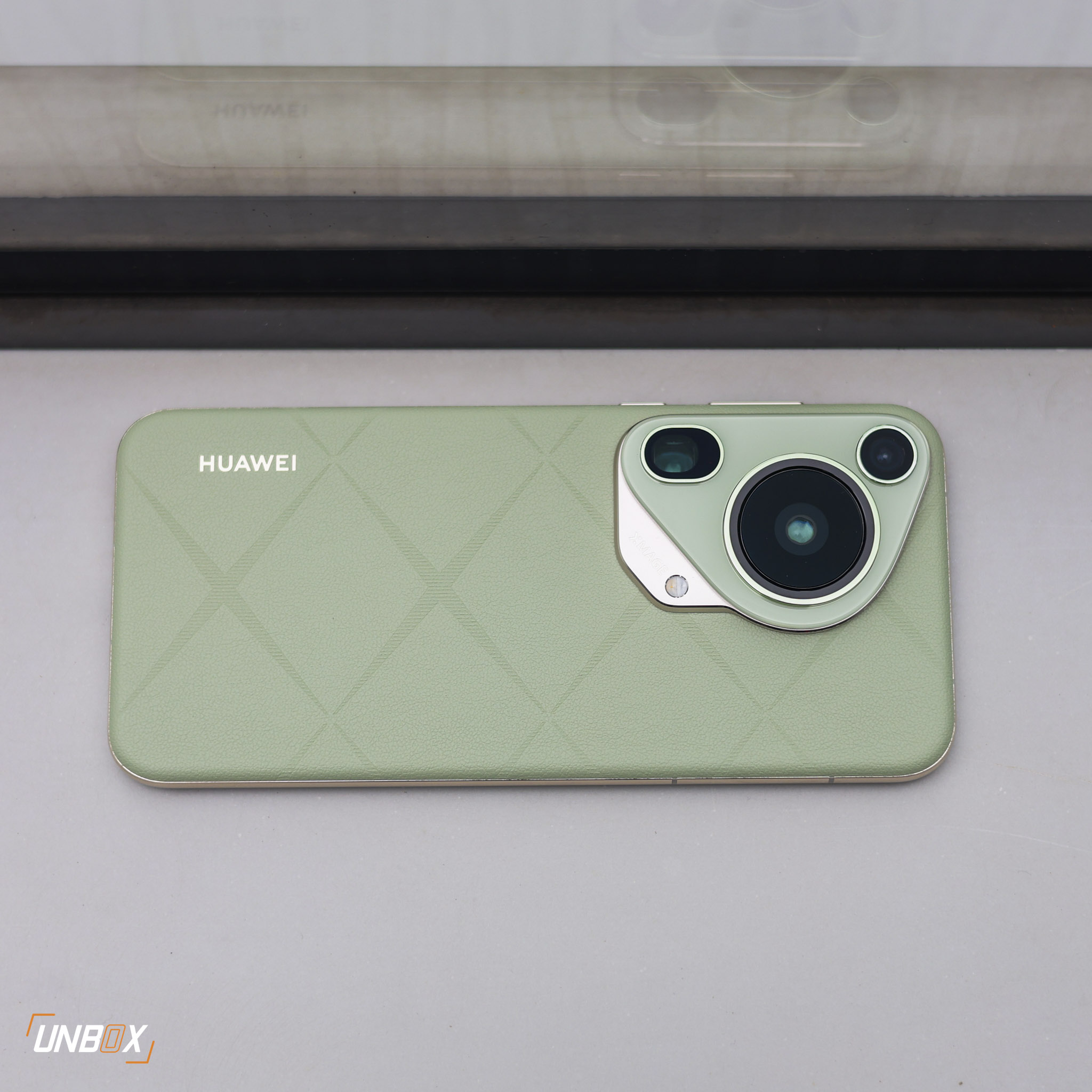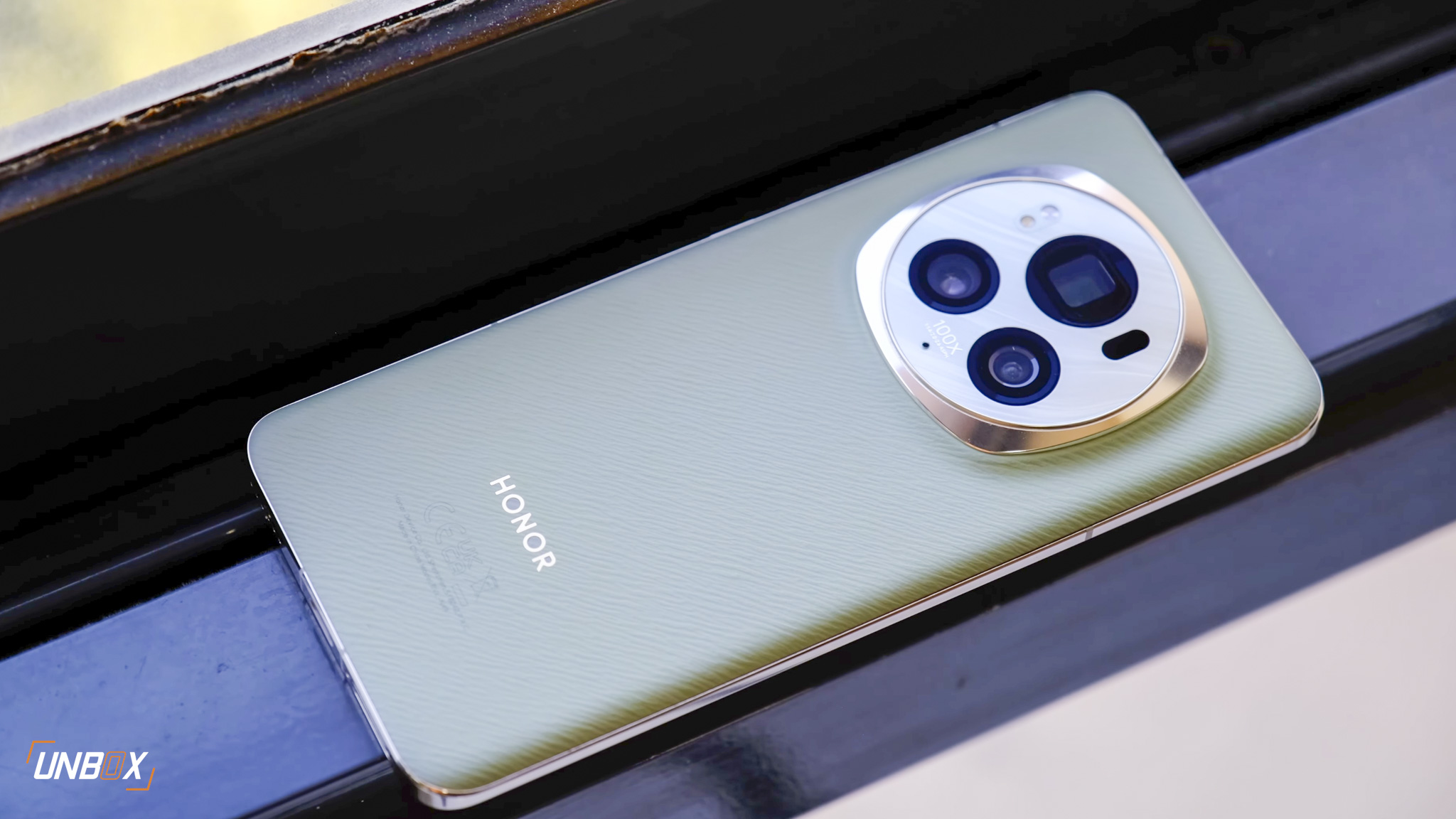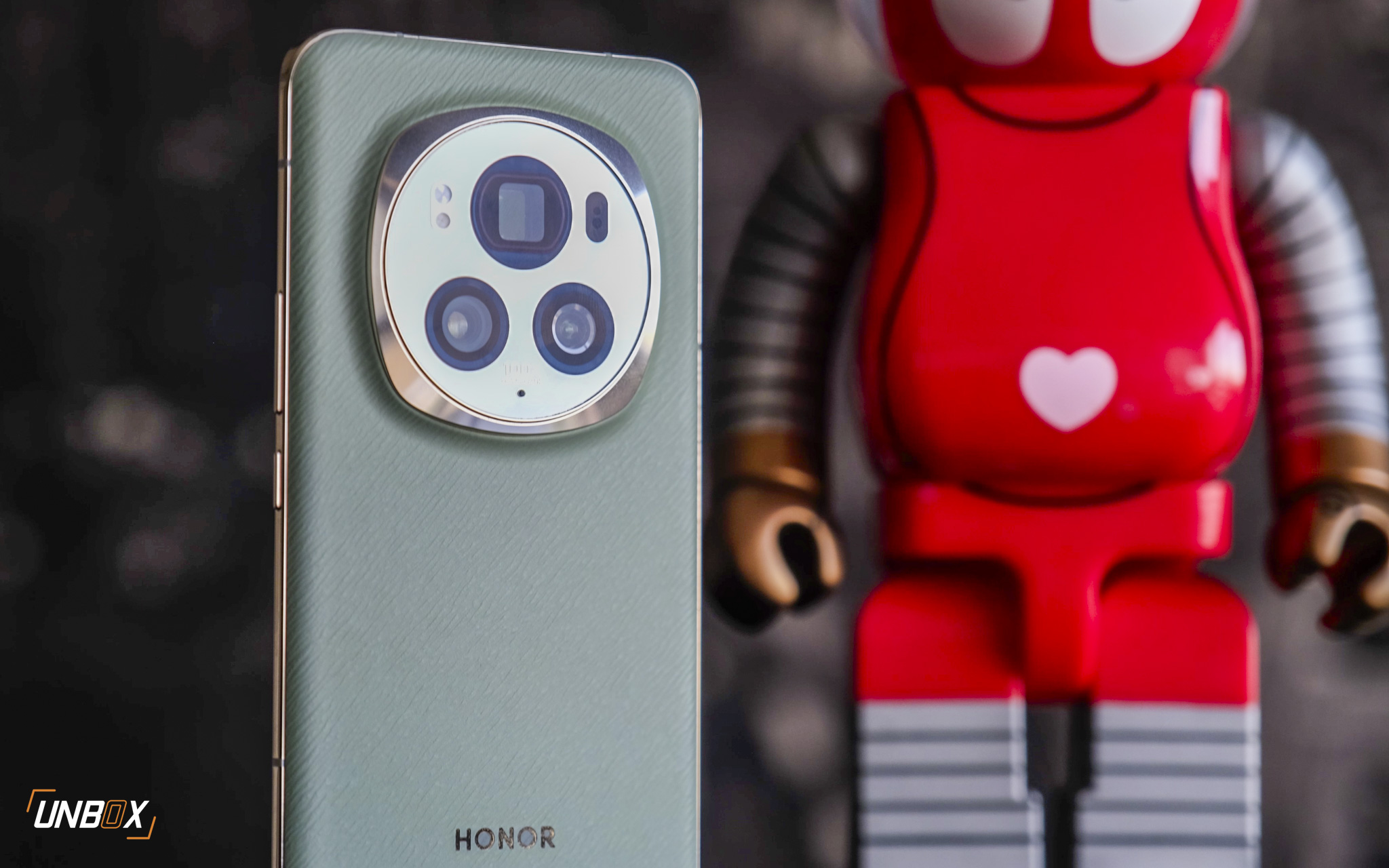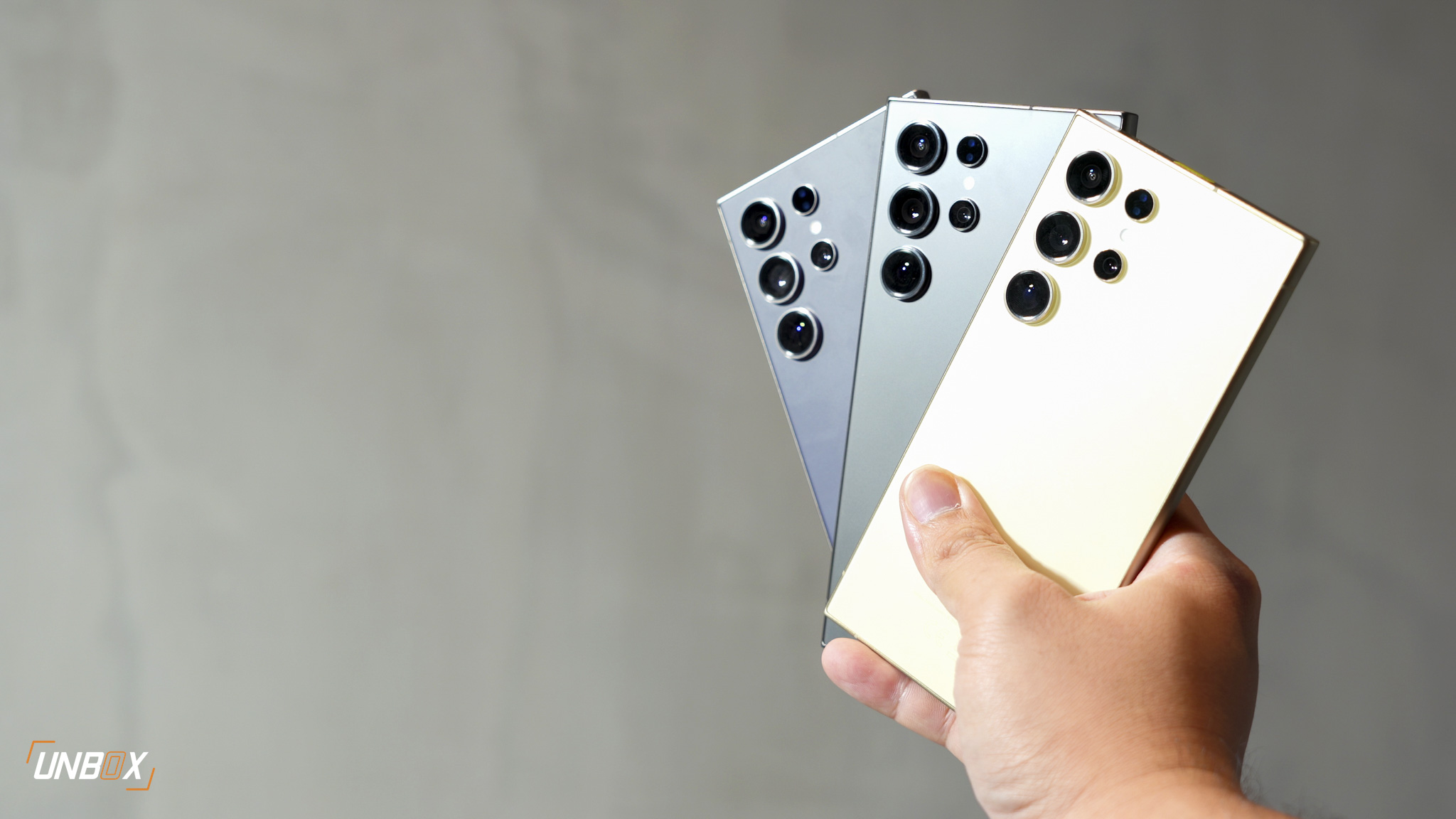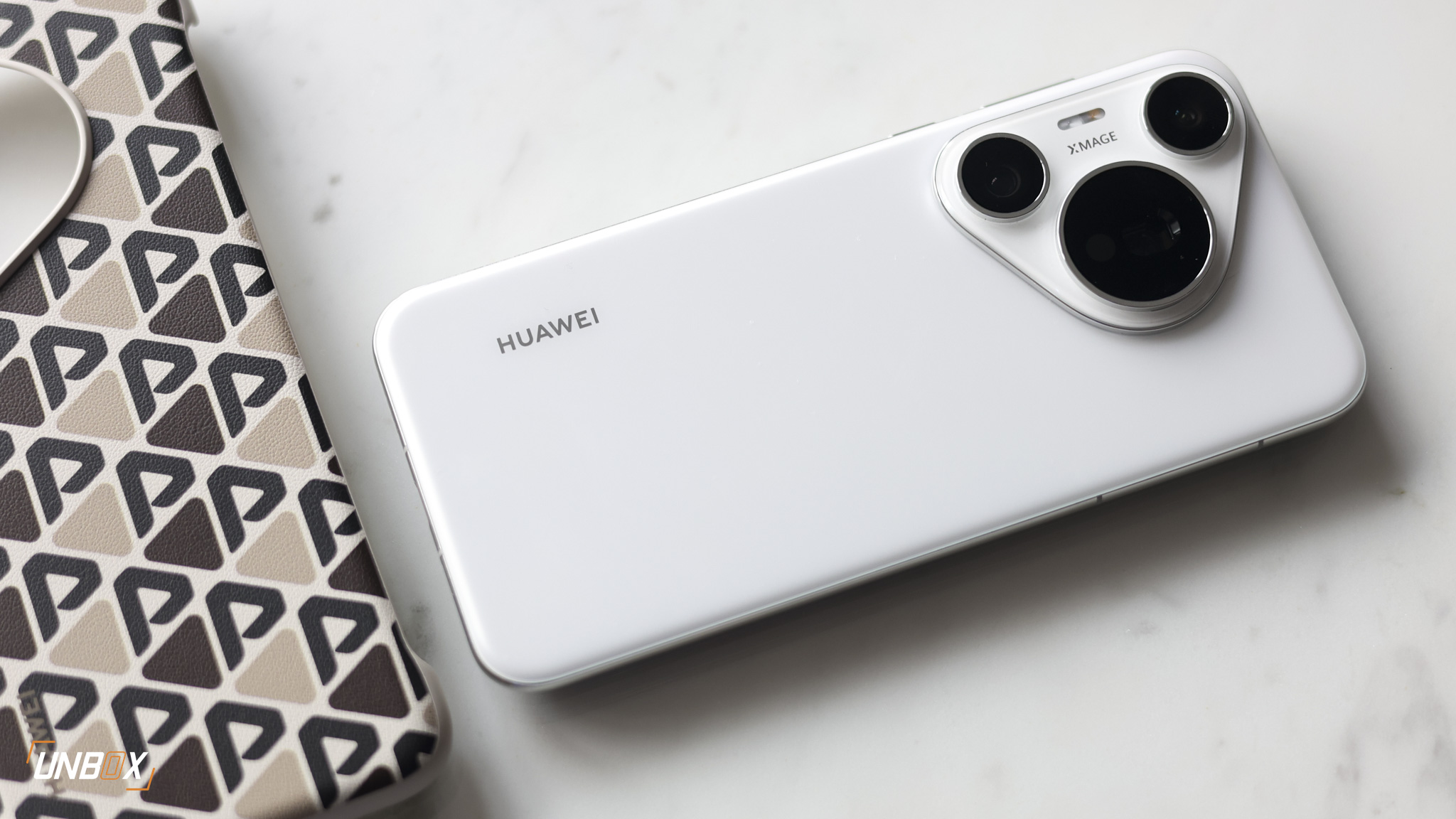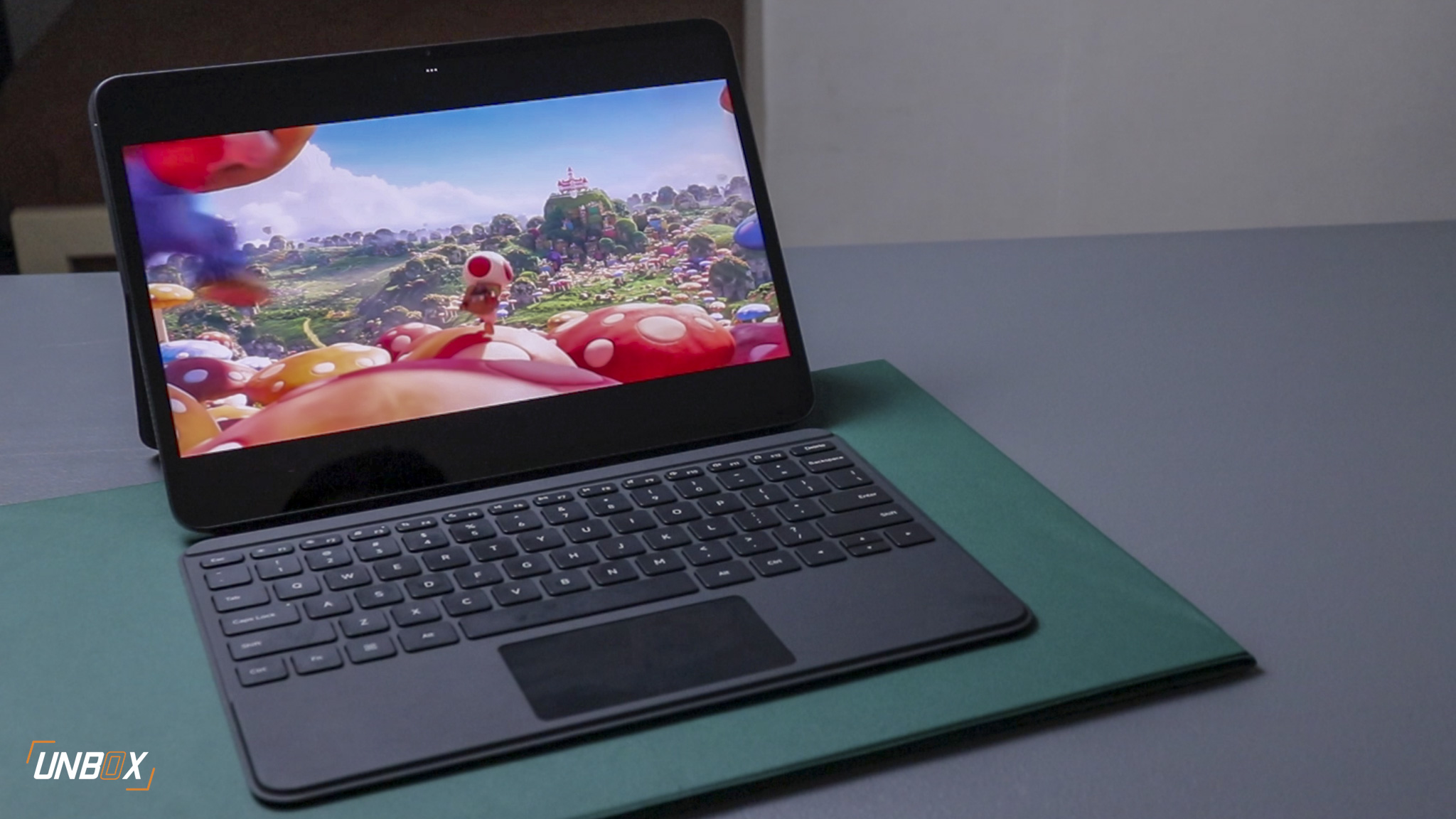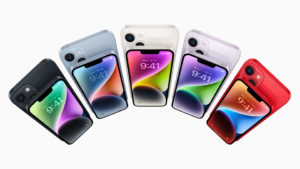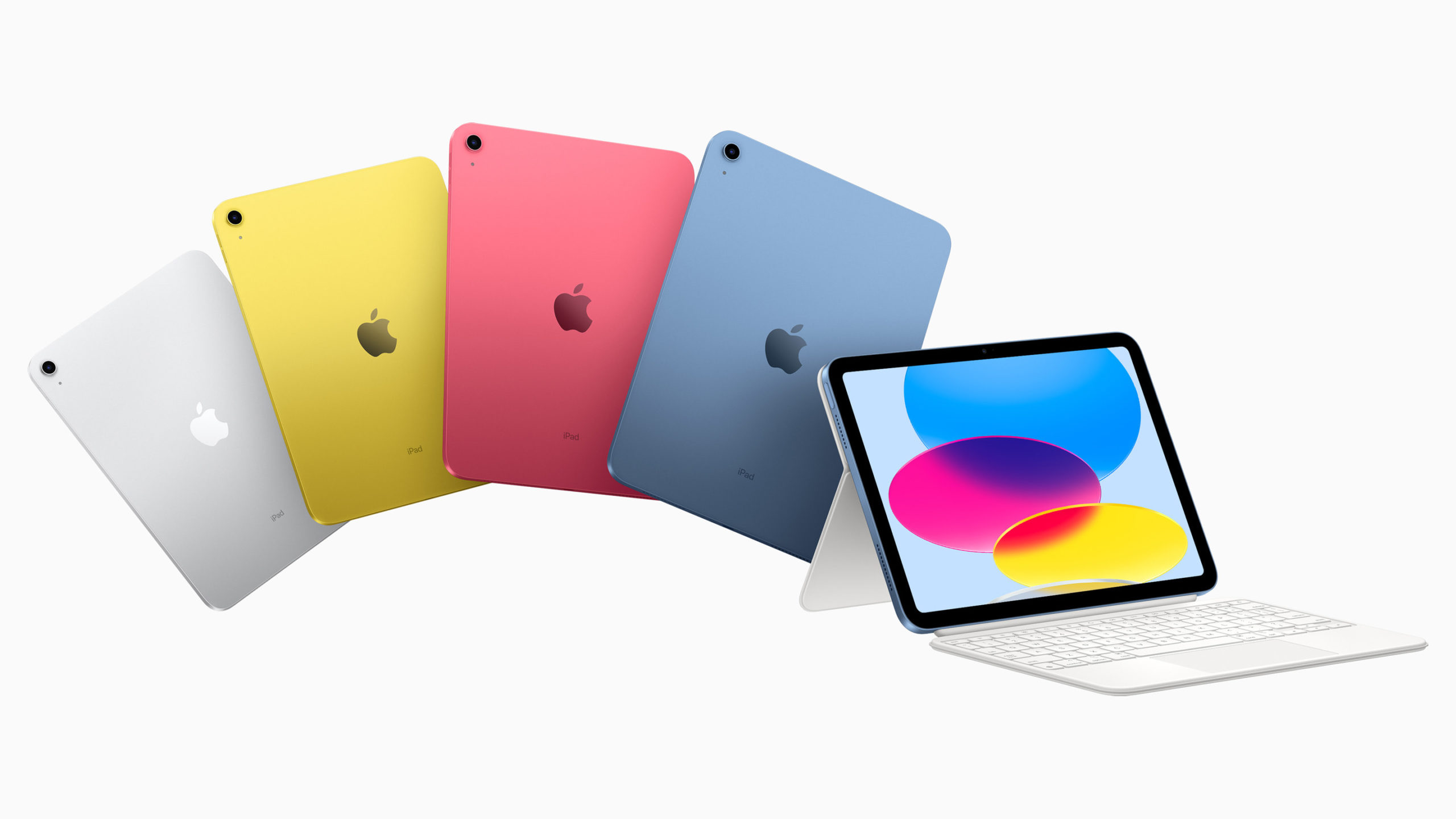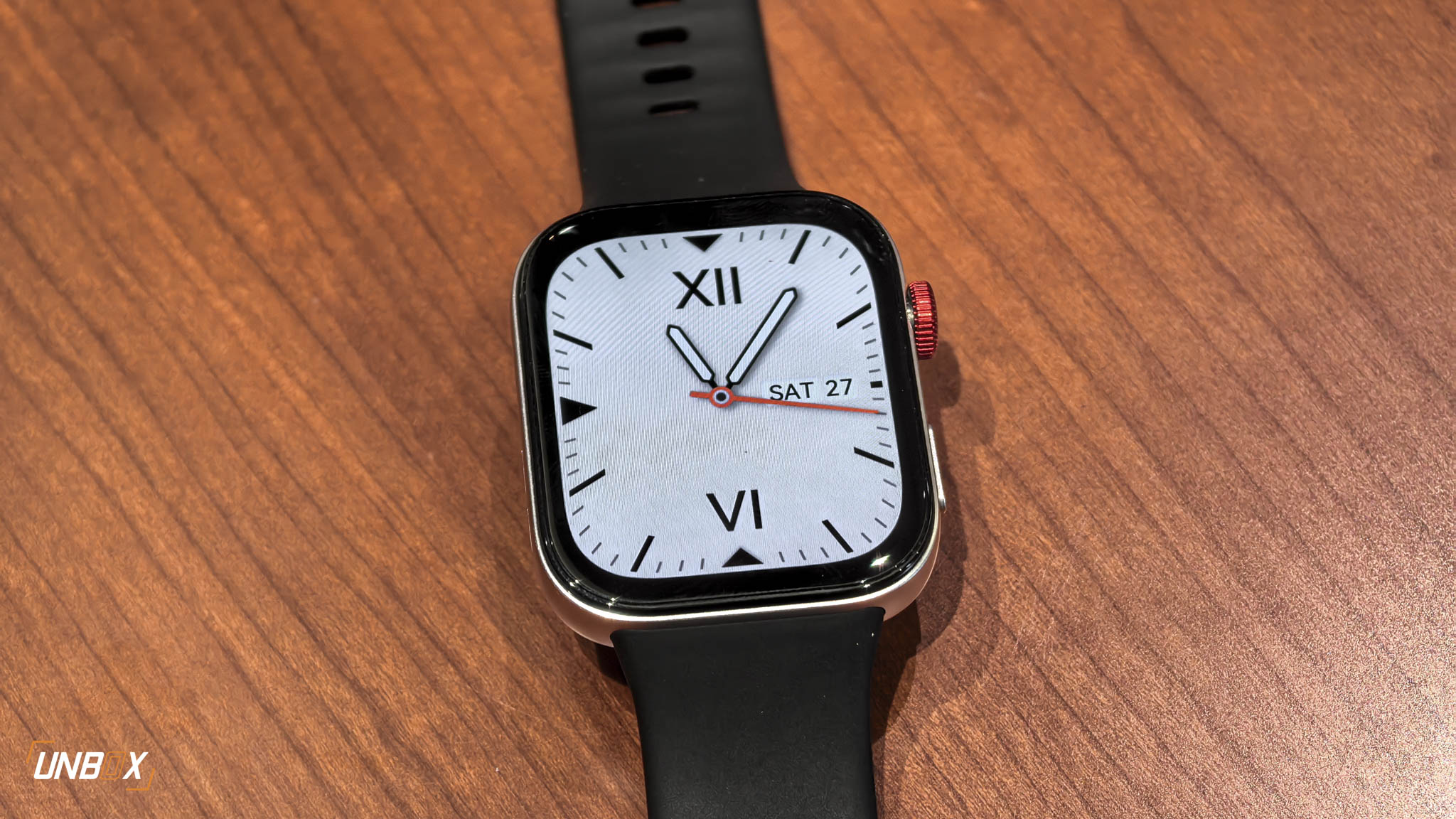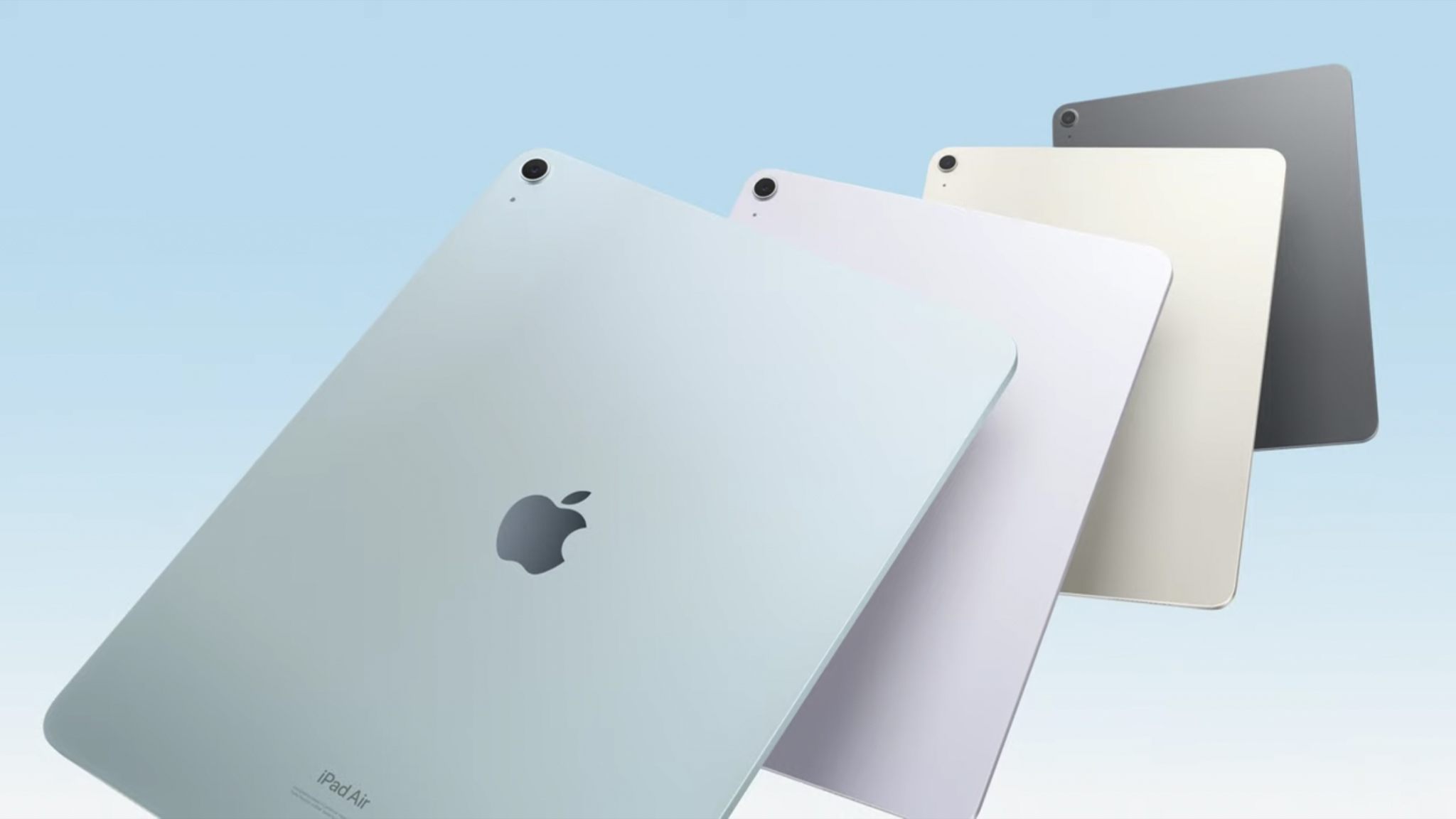These are the prevailing smartphone trends this year
We’re almost 10 months deep into 2018 and boy what a year it’s been. We’ve seen a tremendous amount of innovation from brands as well as an expansion of choices for the regular consumer. Today let’s take a look at the top 5 trends that has defined mobile this 2018:

The rise of the sub-brands
2018 saw the arrival of at least two sub-brands in the Philippines: Honor and Pocophone. Sub-brands are basically distinct business units of successful and established parent brand that’s focused on a particular niche or market segment, allowing them to do things that their parent company can’t.
Honor, Huawei’s sub-brand was the first to arrive in the Philippines this year after it was quietly pulled out a few years before. What’s funny is that it’s rumored that Huawei removed the sub-brand the first time around because it was performing too well, cannibalizing the sales of Huawei in the process. Since their re-introduction a few months ago, Honor has released several extremely competitive smartphones in the market, including the oft-hyped Honor Play.
Pocophone, the sub-brand of Xiaomi and brainchild of Jai Mani, is the latest sub-brand to hit the town. While the brand only has one device to sell, for now, their F1 smartphone is hard to argue with, especially when other smartphones that has the same hardware usually go double its asking price.
While it’s not yet official, a third sub-brand may be arriving in the Philippines this year. OPPO’s Realme sub-brand is already being teased by Lazada, and with it, a selfie-centric smartphone at rock bottom prices though sold in an online-only environment.
Notches everywhere
Probably the most polarizing design trend this year is the screen notch. First appearing in the Essential Phone PH-1 and popularized by Apple’s iPhone X, the screen notch is on most phones nowadays. While it’s an understandable trade-off to get as much screen real-estate as possible while retaining the necessary sensors that make a phone, well, a phone, not everyone likes the notch.
But like it or hate it, the notch is here to stay. Until manufacturers find a way to make the sensors in front of the phone work through the display, you’ll see more notches on the front of both flagship and mid-range phones in the near future. Until then, companies are trying different solutions to keep notch-haters happy: software solutions that put black bars on both sides of the notch is a visual solution to the problem. There’s now tear-drop notches on newer phones that reduce the notch size dramatically. Both OPPO and vivo have also developed motorized pop-up cameras that completely remove the notch and place them somewhere else entirely, leaving you with a smartphone that’s all screen.

Glass backs and gradient finishes
Aside from the notch, the biggest design bandwagon this year is glass. Specifically, the use of glass on the rear of phones, which has replaced aluminum as the material of choice for a majority of high-end and mid-range offerings.
The result is a lot of very pretty (and very fragile) designs from your favorite brands.
One beautiful and interesting design movement that’s emerging in glass backed phones is the use of gradient colors. First seen and popularized on Huawei’s P20 Pro, it’s made its way to more affordable models like the Nova 3 and Nova 3i. It’s proven so successful that even Huawei’s competitors are trying something similar with their latest phones.

AI-powered cameras
AI has become the latest buzzword when it comes to phones, specifically when it comes to smartphone cameras. Almost every manufacturer nowadays has some kind of AI tech baked into their mid-range and flagship cameras with varying capabilities. Almost all of them have scene detection of some kind, which adjusts contrast and other parameters to make the photo “pop” depending on what the phone thinks you’re taking a picture of.
Some of them are better than others, though some brand’s AI tech tend to produce slightly more vivid and oversaturated photos. The good news is that the tech is improving more and more every day, which should mean better photos of your food (and whatever else you point your phone at) in the future.
The slow death of headphone jacks
The disappearance of the 3.5mm audio jack on phones is quickly accelerating this year. Many other brands are finding the courage to shed the venerable audio accessory on their top-tier and mid-range smartphones, to the chagrin of many. Even OnePlus, a manufacturer that used the existence of the 3.5mm jack as a major selling point for their OnePlus 6, the smartphone brand is rumored to remove the audio jack on their next phone.
Sadly, we think this is going to be the new normal moving forward. It’s sad to say but we think that the days of the 3.5mm jack on phones is numbered. It’s one design trend that we’re really hoping goes away.




